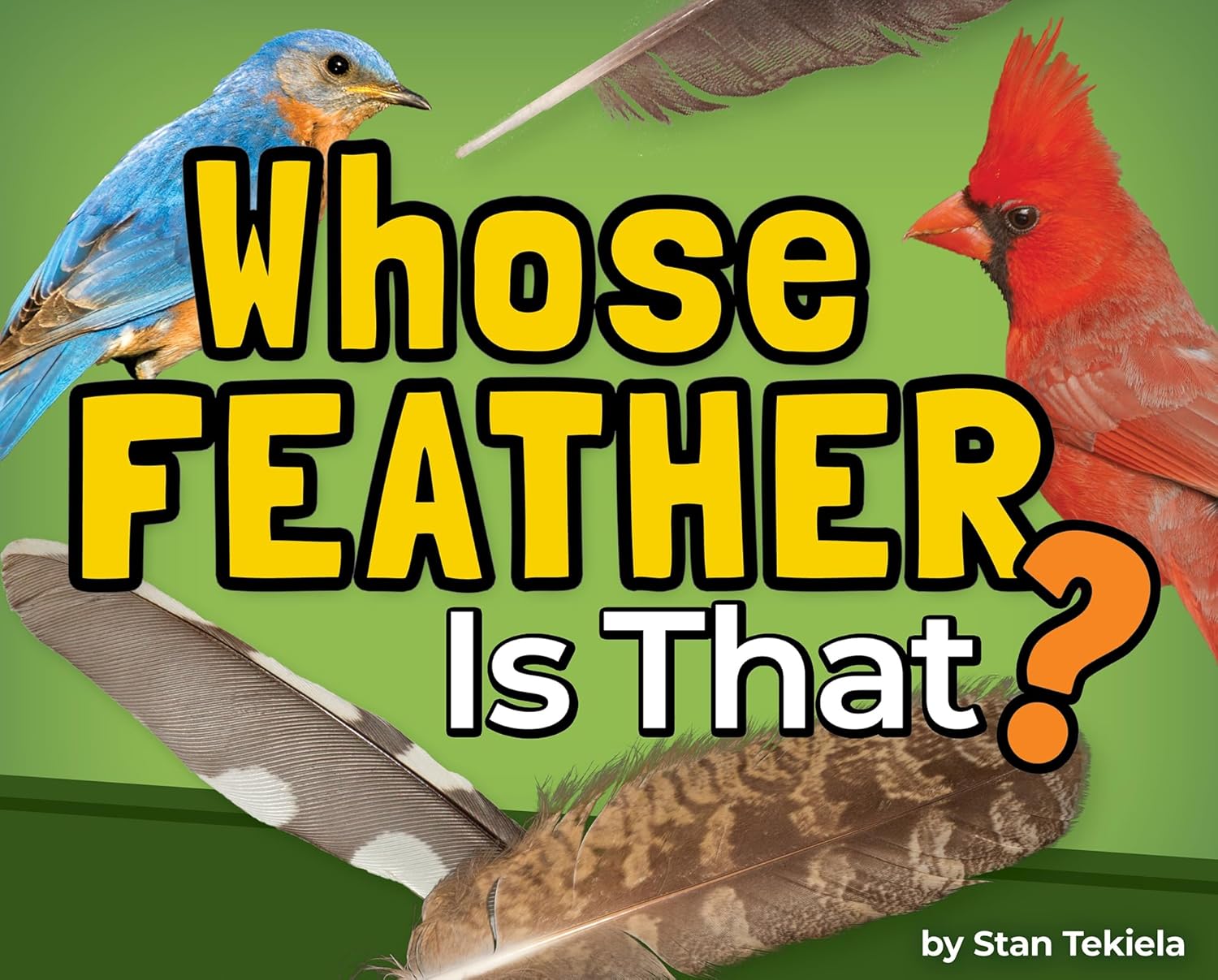Burrowing Owls
In each group of animals, there often seems to be an outlier, one that just doesn’t seem to fit the pattern. I came across one of those creatures while visiting Florida.
While many owls nest in tree cavities or other high places, the small ground-dwelling burrowing owl makes its nest in underground burrows found in open, treeless fields. The burrowing owl is also active during the day unlike other owls that are nocturnal. Read more about the burrowing owl.
I couldn’t convince my companions to wait in hopes of seeing one of these curious raptors, so viewing the locations of their nests had to suffice. This property is across the street from condos and upscale hotels along the beach.
Watch full screen.
Related Posts
Owl Sighting (includes literature and art links, as well as owl labs)






























